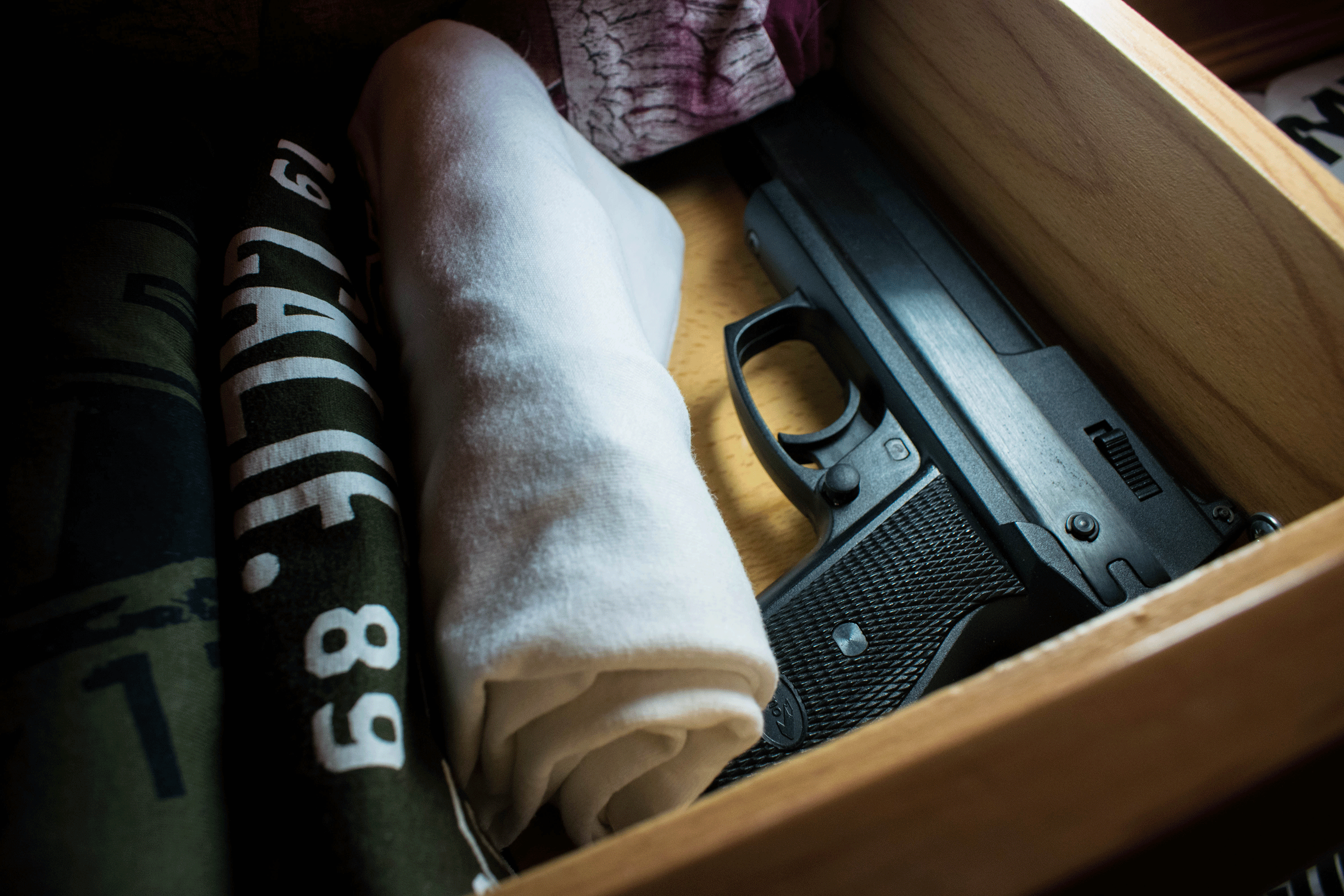
Most firearm owners keep at least one firearm unlocked, with some viewing gun locks as an unnecessary obstacle to quick access in an emergency, according to a Rutgers study. But when they do lock their firearms, Rutgers researchers found that firearm owners are most likely to use gun safes.
In a study published in JAMA Network Open and funded by the Defense Health Agency, researchers surveyed a national sample of 2,152 English-speaking adult firearm owners, asking them what locking devices they used and why.
Unlike previous studies, participants were presented with both words and images describing each type of locking device. The researchers not only examined different types of locking devices, like gun safes and cable locks but also different types of locking mechanisms. This resulted in a more detailed description of the firearm storage practices of firearm owners in the United States.
Despite evidence that securely stored firearms can help prevent firearm injury and death, the authors found 58.3 percent of firearm owners store at least one firearm unlocked and hidden and 17.9 percent store at least one firearm unlocked and unhidden. Among those who store at least one firearm locked, gun safes are the most frequently used type of option both for devices opened by key, PIN code or dial lock (32.4 percent) and biometric devices (15.6 percent).
“These finding highlight two key points,” said Michael Anestis, executive director of the New Jersey Gun Violence Research Center at Rutgers, an associate professor at the Rutgers School of Public Health and the lead author of the study. “First, it appears firearm owners prefer gun safes relative to cable locks and trigger locks. Most locking device distribution programs provide cable locks and trigger locks, so those programs might be mismatched to firearm owner preferences. Second, very few firearm owners use biometric locks, which could indicate that cost is an issue or that firearm owners do not trust the technology to work when needed.”
Among those who don’t lock their firearms, the most common reasons were a belief that locks are unnecessary (49.3 percent) and that locks will prevent quick access in an emergency (44.8 percent). On the other hand, firearm owners most frequently indicated they would consider locking unlocked firearms to prevent access by a child (48.5 percent), to prevent theft (36.9 percent) and to prevent access by an adolescent or teenager (36.7 percent).
“Given these results, it appears that increasing the use of secure firearm storage will require several things,” Anestis said. “First, to address motivation we need to address disproportionate fears regarding the likelihood of armed home invasions. Similarly, we need to help the public better understand the risks associated with having firearms in the home – above and beyond the risk of unauthorized access by children. Second, we need to create more ready and equitable access to gun safes so that the available locking options align better with the preferences of firearm owners.”

